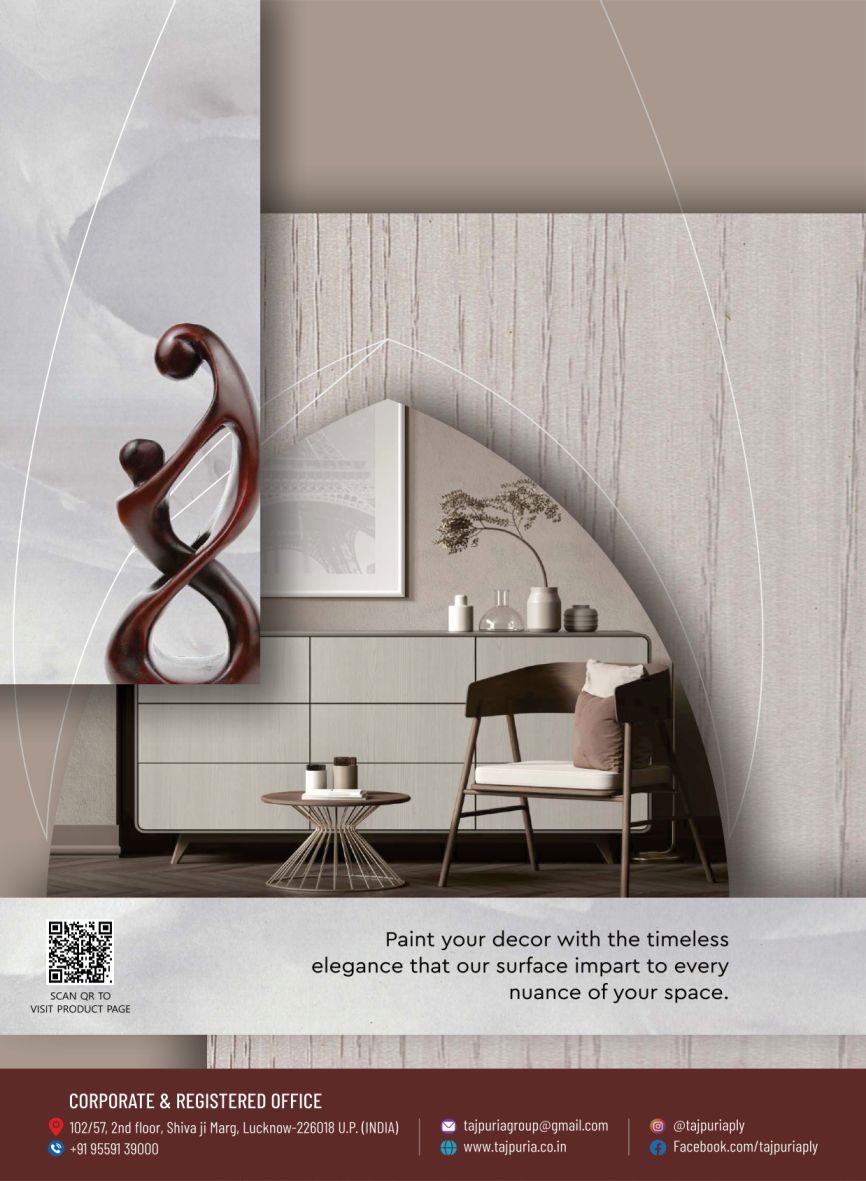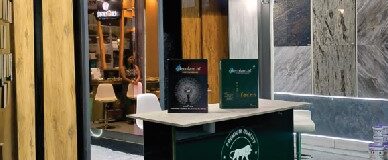
Now, 3D printing with wood filaments!
- March 12, 2019
- 0
Now, 3D printing with wood filaments!
 Research at the Michigan Technology University has led to 3D printable wood filament from furniture wood waste: solid slabs and sawdust of MDF, LDF and melamine.
Research at the Michigan Technology University has led to 3D printable wood filament from furniture wood waste: solid slabs and sawdust of MDF, LDF and melamine.
The waste was hammer milled, ground in a wood chipper, and sifted using a vibratory de-airing device. The resulting powder was then mixed and superheated with PLA (polylactic acid) plastic, becoming wood-plastic composite (WPC).
The solidified material was then prepared for the open-source recycle bot, a plastic extruder for filament making. The material was tested on a range of items, including a wooden cube, a doorknob, and a drawer handle.
Wood filaments are another example of composite material filaments that can be used to make custom 3D prints that do not look and feel like standard plastic. They are made from standard PLA infused with very finely powdered wood materials.
The material fused with PLA may be wood dust, cork, bamboo, or other powdered wood derivatives. Most wood filaments in the market today consist of around 70% PLA and 30% wood fibres. This allows the use of standard desktop 3D printers to make prints that have a distinctly wood-like finish.
Benefits of wood
Prints made from wood filaments have a finish that comes very close to the naturally grainy look of real wood. The layer lines that normally appear in 3D prints can be sanded very lightly and can end up blending very well with the overall grainy aesthetic.
Wood filaments have a very low tendency to warp or shrink. This allows for cooling while printing. Wood filaments are significantly less abrasive compared to other composite materials such as metal or carbon fibres.
Most wood filaments emit a pleasant wood-like smell, especially during the printing process. The final “print” also inherits this pleasant smell, although to a much less degree.
The combination of wood and PLA results in a composite filament that is largely bio-degradable. Anything printed with wood filament can be broken down in a compost or landfill.
The wood particles in wood filaments react with heat, which gives it the unique property of changing colours when exposed to higher temperatures. Experience has showed that wood filaments make prints with darker and richer colours when the temperature is increased.
Most wood filaments print well within a temperature of 170 °C to 220 °C. To really make that wooden look pop out, sanding is recommended using a fine-grit sandpaper. Later, the print can be painted with a number of wood finishing compounds such as varnish, wood lacquer, or wood finishing oil.
However, wood can burn when exposed to high temperatures. This is why it is not a good idea to leave wood filament on the hot end of the 3D printing machine for a long time!
Courtesy: Woodnews



























































